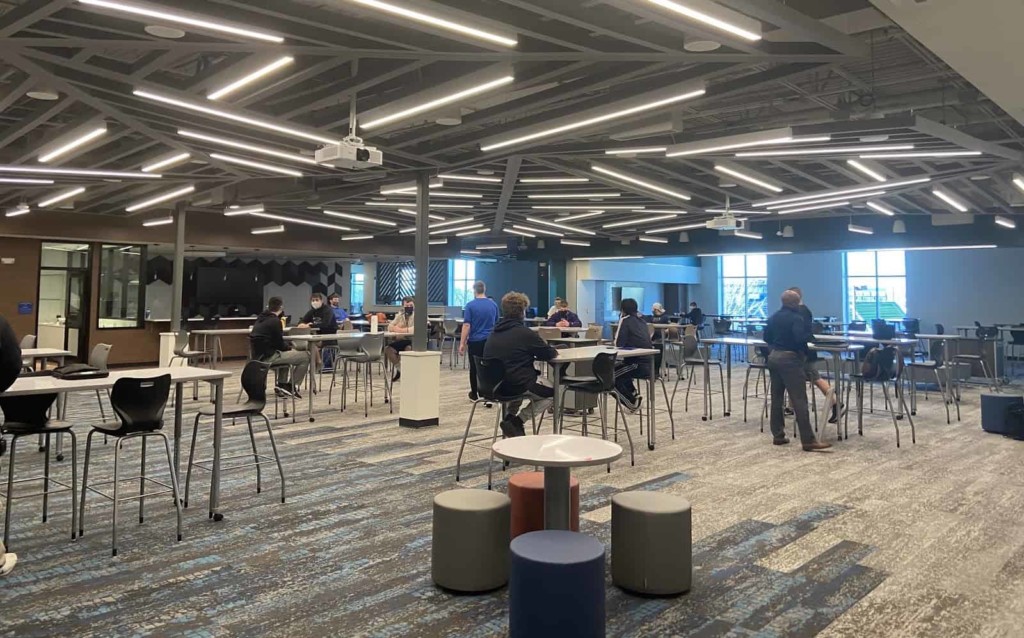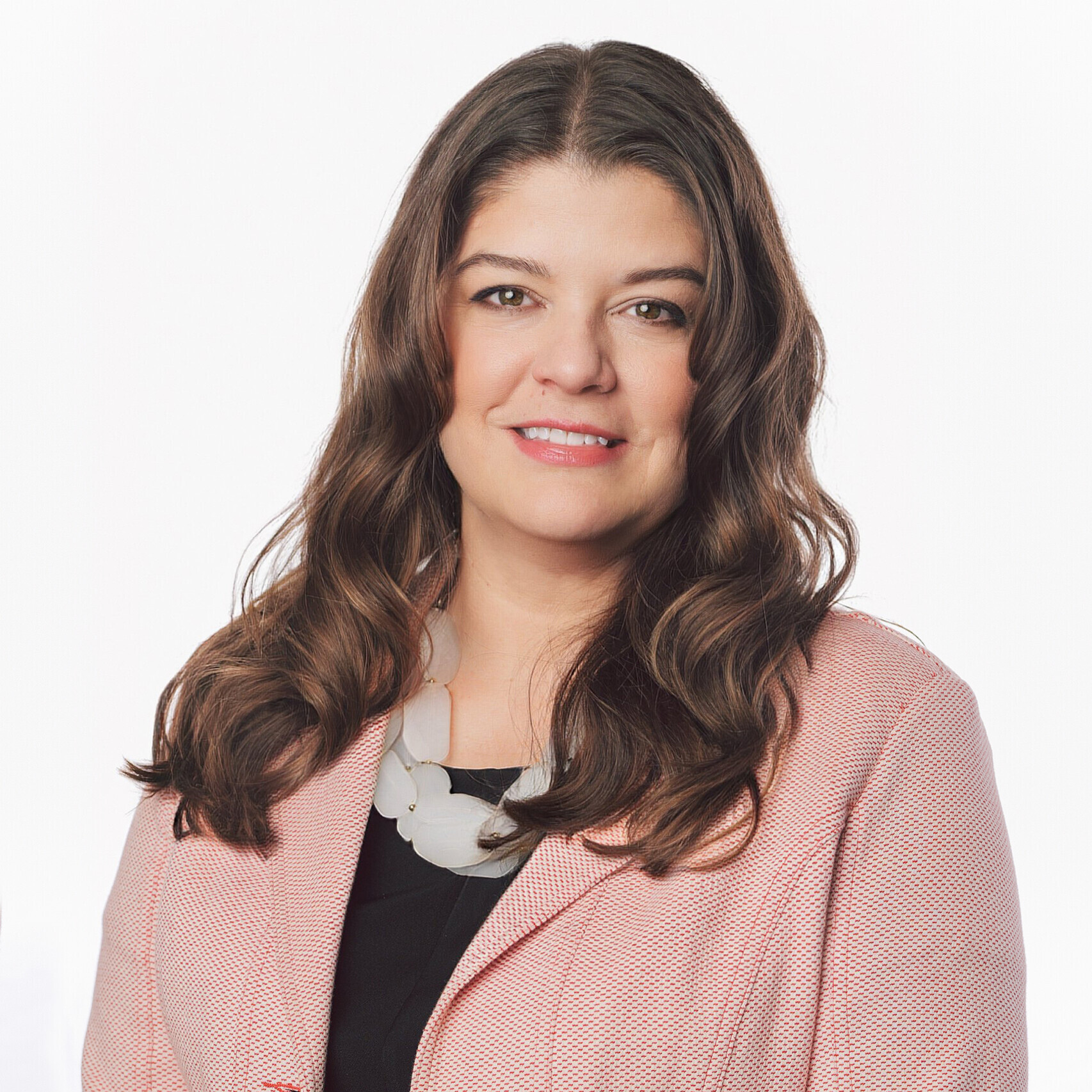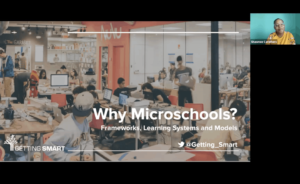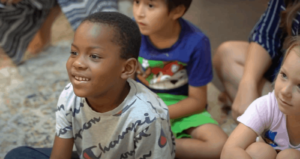Microschools Can Lead to Macro Change

The pandemic threw communities and school systems into crisis in March 2020. The shock set off a protracted depression in the service economy disproportionately impacting women and people of color and accelerating gaps in wealth and income inequality. In education, remote conditions accelerated the adoption of video conferencing and online learning applications. For most learners, pandemic education has been a weak replacement. However, around the edges, the growth of pods and microschools has benefited thousands of learners.
New tools and strategies have made it easier to create microschools of 15 to 150 students as a short-term pilot or long-term learning option.
Why start a microschool?
Given their small size, microschools can be opened quickly in alternative spaces. Microschools quickly create new community-connected learning options (themes, careers, and experiences) for students. They can also be used to quickly address underserved student populations (preschool, dropout recovery, and career education).
Microschools make learning personal. With unique themes, links to community, and porous walls, they can ignite learning for students and innovation for districts. Psychologist Robin Dunbar’s research suggests that most humans can manage about 150 friendships. When a school gets beyond that number, it becomes difficult for adults to keep track of the needs of individual students. Microschools embrace this constraint and stay small. Microschools typically rely on multi-age groupings and promote powerful sustained teacher-student relationships.
Acton Academy, a global microschool network, promotes self-directed learning through projects and near peer mentoring.
Wildflower schools are 1-2 room (preschool and elementary) schools with the faculty both teaching and administering the school. By preserving a small scale, teacher-leaders are able to make day-to-day decisions that respond to the needs of the children and school-wide decisions that express their own vision in the context of the needs of children, families, and themselves.
Creativity loves constraints – and the most innovative microschool teachers leverage a mix of learning sources beyond themselves – other students, parents, mentors, tutors, and of course software. This provides teachers with richer data on student progress that they can realistically process given the number of students they teach.
Place-based learning takes advantage of geography to make learning authentic, meaningful and engaging for learners. Place Schools, a network of rural microschools supported by Teton Science School, provide an immersive learning experience that connects students to local heritage, cultures, and landscapes.
Microschools like NOLA Micro Schools can be housed in creative spaces that are embedded in the community – museums, maker spaces, etc. This affords students an opportunity to connect with a wider range of experts in all fields. Students can more easily take on real-world projects and build relationships that can turn into internships. Microschools have the agility to connect with the community and leverage the power of place. Through authentic community-connected experiences, students learn to collaborate, think critically and solve complex challenges. Learners become invested in their communities and ready for further education and entrepreneurship.
When Big Picture Learning was getting started, the Rhode Island commissioners opened a microschool on the first floor of the education department’s office (see feature). Microschools can also take advantage of community spaces including libraries, museums, zoos, or corporate partners (a new LA microschool network will be housed in business locations).
How school districts use microschools to kickstart innovation
Very small schools can be opened quickly in existing facilities to illustrate and interrogate a school district’s interest in high engagement personalized learning.
Microschools can be used to leverage teacher leadership. For districts, microschools can be the key part of district transformation. These agile structures can invite teachers that are ready to move quickly and create valuable learning options and pictures of the future for a school district.
Microschools can be developed within existing schools to jumpstart innovation. In Kettle Moraine School District (KMSD), three new microschools were formed within a comprehensive high school to create options, leverage teacher leadership, and kickstart transformation. They featured interdisciplinary studies with five or six deep dive inquiries each year. They started with 25-60 learners in a few classrooms and six years later serve 40% of the student population. (see podcast). KMSD also split an elementary school in half to create KM Explore, a project- and place-based pilot program.
The smallness of microschools makes them more receptive to change. There is a shorter loop from idea to feedback to iteration. Teachers and students can try more things more often with lower stakes. By design, microschools also often require a thinner layer of administration. Teachers have more room to lead inside and outside their classroom.
There are 167 autonomous Teacher Powered Schools that are intentionally small and operated by teachers often acting in a cooperative model. Two-thirds operating in districts or networks, a third are independent charters. They illustrate the potential for a very small school to operate without traditional administrative staffing models.
Getting started can vary in approaches. A helpful organization, 4.0 Schools, shares, “The best way to do that is to run disciplined tests: test your school as an after-school program first; mockup your edtech tool on paper; pilot your program as part of an existing classroom.” The early-stage founders are 4.0 Schools encourage entrepreneurial problem-solving by offering an Essentials Fellowship to develop an idea that improves education and a Tiny Fellowship to test it out.
Liberty Public Schools in Kansas City, Missouri has recently started a microschool in each of their high schools as a way to provide unique learning experiences that are aligned to their portrait of a graduate. While in the beginning phases, these often teacher-led microschools are already positively impacting progressive learning strategies across the system. One of the newer microschools opening this fall is Empowering Discovery of the Global Experience (EDGE) that has a global focus and supports learning around the United Nations Sustainable Development Goals.
The Raymore-Peculiar School District in southeast Kansas City is launching a half-day microschool of community-connected projects modeled on Iowa BIG.
In starting a microschool within a district, schools can be granted policy and contract waivers for unique curriculum, staffing, schedule, and calendar plans. They may be able to, but not required to, use district tools and resources. For more flexibility from state regulations, microschools can apply for charter status (as they did in Kettle Moraine) where startup funding is available.
School districts make microschools equitable by targeting and enrolling underserved populations and by scaling experiences and environments that work for all students.
For more, see:
Stay in-the-know with innovations in learning by signing up for the weekly Smart Update.







Vaibhav kakkar
Hey, Great article. The article is quiet relevant and useful for the students who are looking on internet for such type of information,